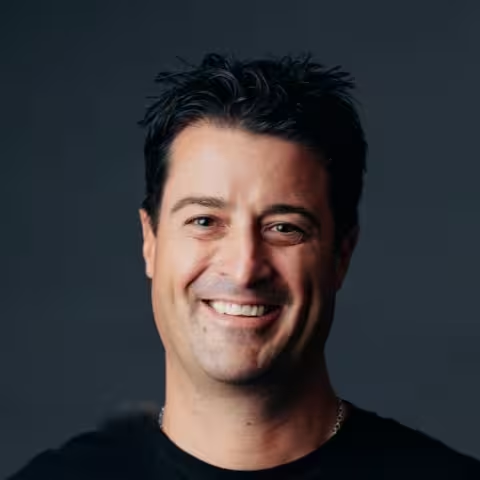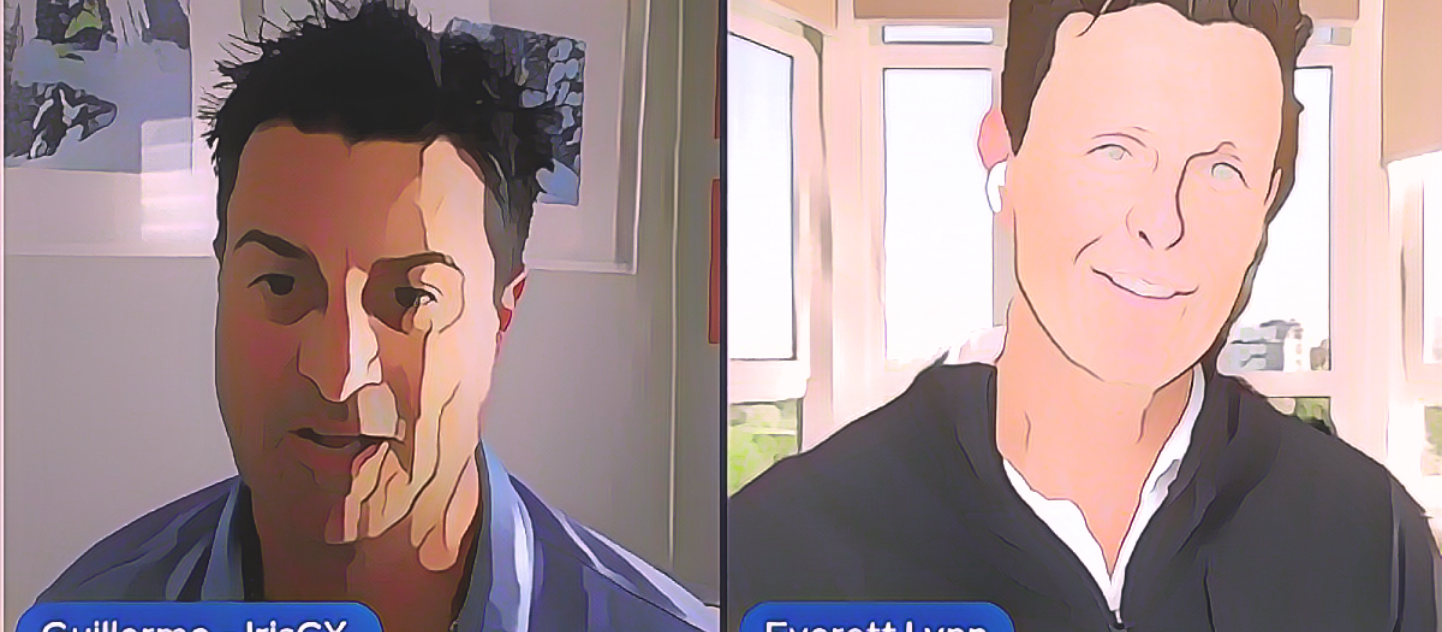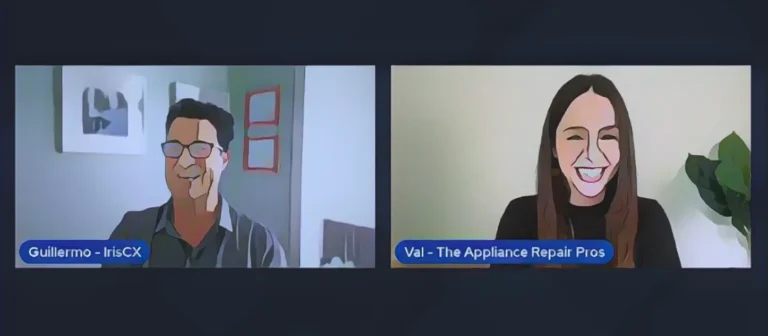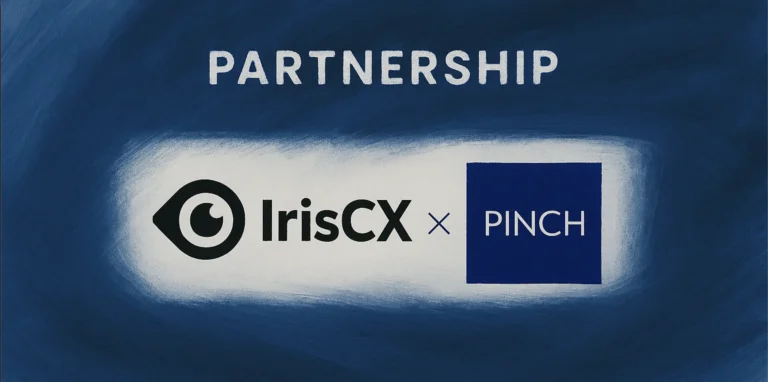“You can have a cool product, but if you don’t have the right distribution channel, it’s kind of dead on arrival. You’re playing in hard mode.” – Everett Lynn
Everett didn’t set out to build a three-sided marketplace powering millions of apartment units. He was just trying to solve a recurring problem in real estate – one no one else seemed to care about. What started as a side idea while working in private equity evolved into Amenify, a resident commerce platform now embedded in the largest property management systems in the country. We caught up on LinkedIn Live to talk about the invisible forces behind product adoption, why urgency is elusive, and what it really takes to get a “Hell Yes” in property tech.
“The average new mover will engage with 73 new brands and spend $9,000 in the first 90 days after a move.” – Everett Lynn
Amenify’s success is rooted in a simple but powerful observation: residents crave lifestyle convenience, and their habits change dramatically during moves. Everett saw untapped value in this moment. But identifying that behavioral inflection point wasn’t enough, he had to build an entire system to match it. Property managers needed assurance it would reduce friction, not add to it. Residents had to want to use it. And local service pros had to see value in plugging in. That’s when I realized something essential, solving a real problem isn’t enough. If the stakeholders aren’t aligned, if there’s no infrastructure, the solution gets orphaned.
“Every founder is hoping to get an hour of unadulterated attention to explain all the bells and whistles. That never happens.” – Everett Lynn
That hit hard. Early on, I thought clarity would emerge after the pitch. I was wrong. The clarity must come first, and it must fit inside a sentence or better, a word. Everett’s evolution from “lifestyle service platform” to “resident commerce” gave me the language to clarify my own business. I now say “telemaintenance” just like telemedicine or teleinsurance, but for property maintenance. And people get it. The lesson here? The best pitch isn’t about what we do. It’s about what the buyer can repeat to their boss without messing it up.
“A good business won’t struggle to raise money. A good business won’t struggle to hire. A good business needs good customers that are happy.” – Everett Lynn
This principle has changed how I think about marketing. Instead of spending early, Everett built Amenify’s marketing around in-the-field conversations literally buying drinks at small conferences to learn what resonated. It was never about press releases or flashy campaigns. It was about simplicity and specificity. Marketing too early, before you’ve nailed the personas, objections, and copy, is just throwing spaghetti at the wall. That really stuck with me. Now I test language with people who would actually buy, not just admire.
“Our buyers will buy a specific value point, not your feature. They’ll buy where your car gets them, not the car.” – Everett Lynn
One of the biggest takeaways from Everett’s story is how often founders assume they’re selling vision, when the buyer just wants to solve a problem without getting fired. That made me rethink my own messaging. When I ask, “What would you get fired for staying on budget or not getting the job done?” The answer is always: not getting the job done. That’s the pain point. That’s the pitch. Not “we drive NOI.” Not “we improve workflows.” Just “we help you get the job done when you’re short-staffed.” Everett nailed this too: he understood that Amenify had to help the onsite manager look good before the SVP would ever sign.
“Don’t overlook onsite teams. They will make or break you.” – Everett Lynn
In the end, the product may be built for residents, paid for by investors and sold to executives but it lives or dies in the hands of onsite staff. Everett’s team even built an ambassador program to support onsite managers with renewal gifts, credits, and concierge support. That taught me to respect every node in the network. Because distribution isn’t just getting your product in the right place, it’s getting it into the right hands, with the right incentive, at the right moment.
So, what’s next?
- Who is your real buyer and what would they get fired for not solving?
- Can your champion explain your product in one sentence? Can their boss?
- Is your product a vitamin or a painkiller? And are you trying to sell vitamins in a crisis?
- Where are your conversations happening? Are you testing ideas where decisions are actually made like the bar at the Marriott?
If Amenify taught me anything, it’s that getting to “Hell Yes” isn’t about hype. It’s about understanding. And that takes real conversations, sharp language, and a whole lot of curiosity.
Follow-Up Questions:
- Where are you currently testing your pitch?
- Do you know what “distribution” looks like in your space?
- Can your product land in a budget line your buyer already has?
- Have you talked to the onsite team that will actually use your product?
Let’s keep the conversation going. What’s your version of “telemaintenance”?




